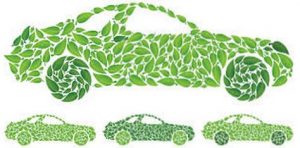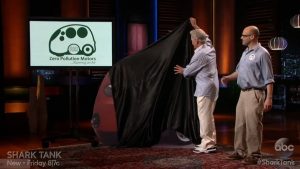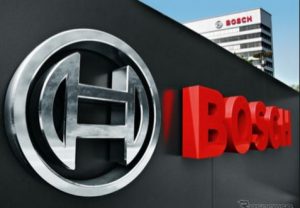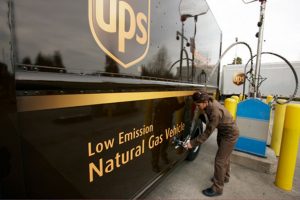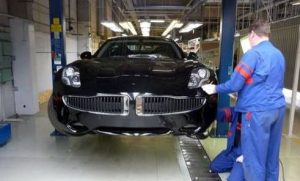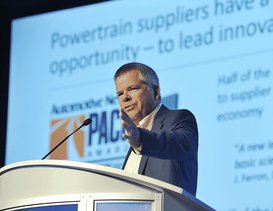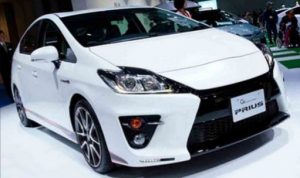 While the Tesla Model X crossover is gaining a lot of interest as it rolls out later this month, there are three current models that might be more significant to watch for potential sales increases in both the hybrid and plug-in electric channels. There’s been a lot of hope for these three models, along with the new product launches like the Model X, to help bring green new vehicle sales and resale values up again.
While the Tesla Model X crossover is gaining a lot of interest as it rolls out later this month, there are three current models that might be more significant to watch for potential sales increases in both the hybrid and plug-in electric channels. There’s been a lot of hope for these three models, along with the new product launches like the Model X, to help bring green new vehicle sales and resale values up again.
Here’s what to watch for in the 2016 model year Toyota Prius, Chevrolet Volt, and Nissan Leaf……
The fourth-generation model – the 2016 Toyota Prius – will be gaining a 10% fuel economy improvement for the standard hatchback model, going from 50 mpg combined to 55 mpg combined. Most interesting is that the Prius is getting its most substantial exterior and interior changes since its inception in 1997 in the Japanese market. The new exterior design is longer, wider, lower and its interior is a bit roomier. The Prius’ nose is lower, its tail is higher and the roof’s peak has been moved forward. Standard LED headlamps make the front light units smaller.
To gain more energy efficiency, the 2016 Prius had its Hybrid Synergy Drive consolidated to smaller and lighter, with great energy density in the battery pack. The internal-combustion engine is capable of having more than 40% thermal efficiency under certain conditions.
The company says that it will soon be unveiling an “Eco” model that may be able to reach the 60-mpg mark. Toyota says that this new, redesigned version of the Prius will appeal to broader range of buyers.
The upcoming 2016 Chevrolet Volt will get extended range – 53 miles battery only and a total driving range of 430 miles – up from the original 400 miles. The new Volt will have a range 40% farther than its original version. But it will only have a short model year with the 2016 version.
General Motors will only be releasing the new Volt in its initial phase in the 11 states that have adopted California Air Resources Board’s (CARB’s) zero emission vehicle mandates. An improved version of the Volt will be released early in the spring of 2016. The company says that the 2017 model will still have the same engine and range as the 2016, but will have “convenience features” in the 2017 model; and adaptive cruise control is expected to be on the new Volt features.
The Nissan Leaf will have a 27% range improvement for the battery electric vehicle. The 2016 model will now be able to travel an estimated 107 miles per charge. That extra power will come from a 30-kilowatt hour battery in the 2016 model. Earlier versions of the Leaf had a 24 kWh pack. The cost of the Leaf’s lithium-ion battery pack is getting better all the time – originally about $1000 per kWh down to $400 today; with the goal of reaching the $200 mark by the end of the decade.
Nissan is proud to see the Leaf beat out competitors like the Ford Focus EV, which has been getting a little bit less than 100 miles per charge. The Leaf will be lagging way behind the Tesla Model S and the upcoming 200-mile 2017 Chevrolet Bolt.

